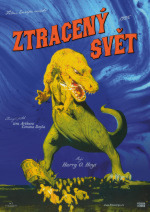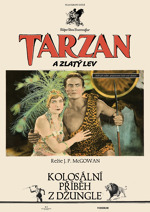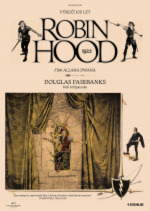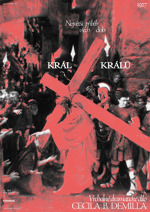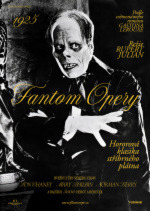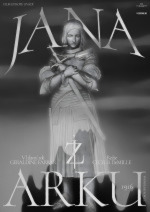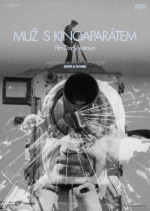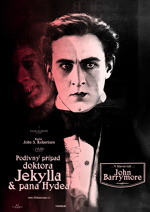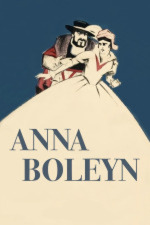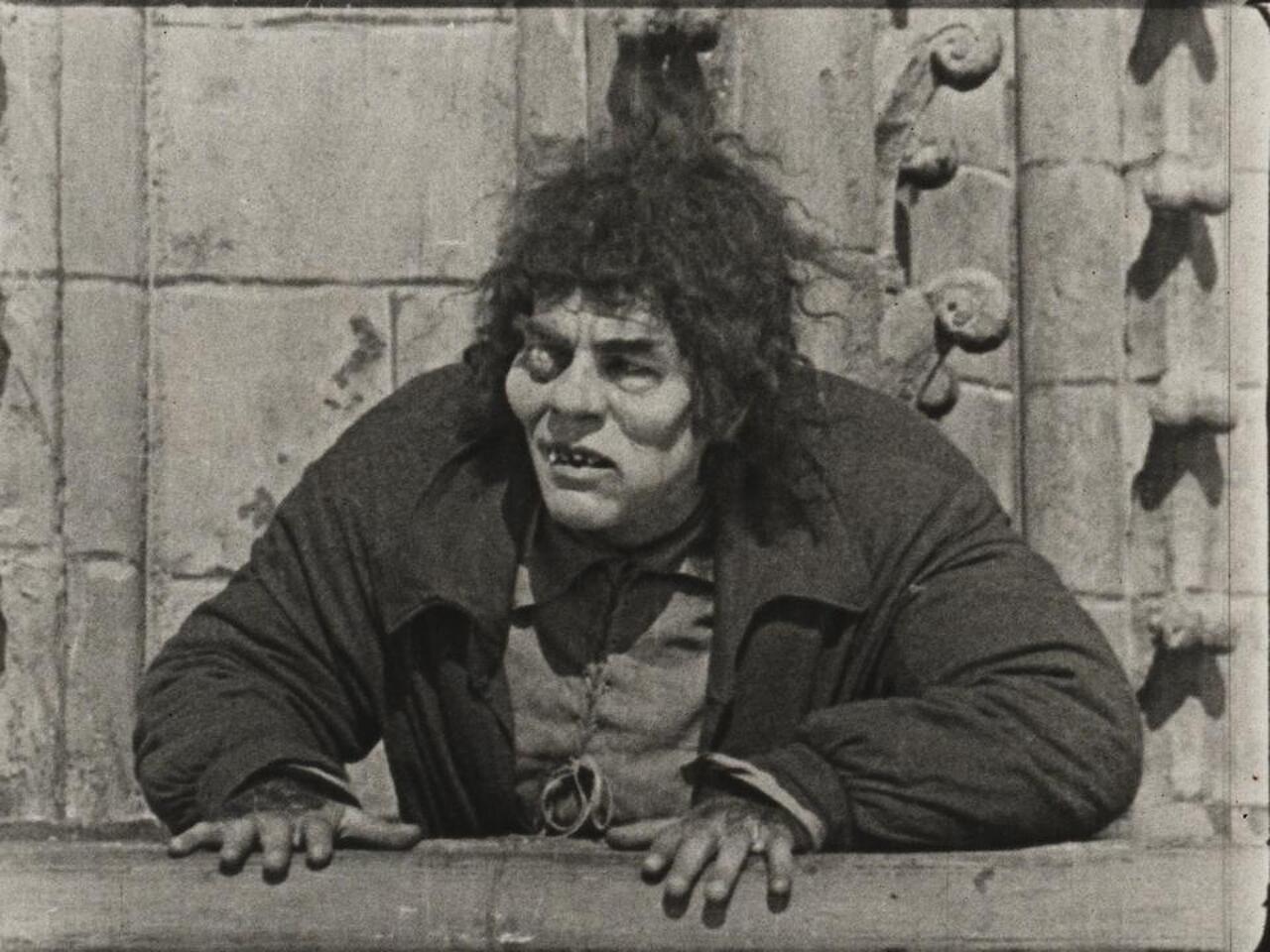
Zvoník u Matky Boží
V Paříži 15. století zatouží Jehan, zlý bratr arcijáhna, po cikánce jménem Esmeralda a přikáže hrbatému Quasimodovi, aby ji zajal. Vojenský kapitán Phoebus také miluje Esmeraldu a zachraňuje ji, ale cikánce není Quasimodův stav nesympatický a vytvoří se mezi nimi nepravděpodobné pouto. Poté, co pomstychtivý Jehan obviní Esmeraldu z pokusu o Phoebovu vraždu, jsou Quasimodovy city podrobeny zkoušce. Film byl klenotem společnosti Universal z roku 1923 a stal se jejím nejúspěšnějším němým filmem s výdělkem přes 3 miliony dolarů. Film byl natočen podle stejnojmenného románu Victora Huga z roku 1831 a je pozoruhodný velkolepými kulisami připomínajícími Paříž 15. století, ale také Chaneyho výkonem v roli mučedníka-hrbáče Quasimoda. Film vynesl Chaneyho, již tehdy známého charakterního herce, mezi hollywoodské hvězdy a pomohl také nastavit standard mnoha pozdějším hororovým filmům, včetně Chaneyho Fantoma opery z roku 1925. Nově restaurovaná verze z roku 2007 vytvořená z jediného originálu je o 15 minut delší než jakákoli jiná dostupná verze. Se symfonickou původní partiturou, kterou znovu nahrál v roce 2006 Robert Israel.
Více informacíPodobné tituly
O pořadu
V Paříži 15. století zatouží Jehan, zlý bratr arcijáhna, po cikánce jménem Esmeralda a přikáže hrbatému Quasimodovi, aby ji zajal. Vojenský kapitán Phoebus také miluje Esmeraldu a zachraňuje ji, ale cikánce není Quasimodův stav nesympatický a vytvoří se mezi nimi nepravděpodobné pouto. Poté, co pomstychtivý Jehan obviní Esmeraldu z pokusu o Phoebovu vraždu, jsou Quasimodovy city podrobeny zkoušce. Film byl klenotem společnosti Universal z roku 1923 a stal se jejím nejúspěšnějším němým filmem s výdělkem přes 3 miliony dolarů. Film byl natočen podle stejnojmenného románu Victora Huga z roku 1831 a je pozoruhodný velkolepými kulisami připomínajícími Paříž 15. století, ale také Chaneyho výkonem v roli mučedníka-hrbáče Quasimoda. Film vynesl Chaneyho, již tehdy známého charakterního herce, mezi hollywoodské hvězdy a pomohl také nastavit standard mnoha pozdějším hororovým filmům, včetně Chaneyho Fantoma opery z roku 1925. Nově restaurovaná verze z roku 2007 vytvořená z jediného originálu je o 15 minut delší než jakákoli jiná dostupná verze. Se symfonickou původní partiturou, kterou znovu nahrál v roce 2006 Robert Israel.




